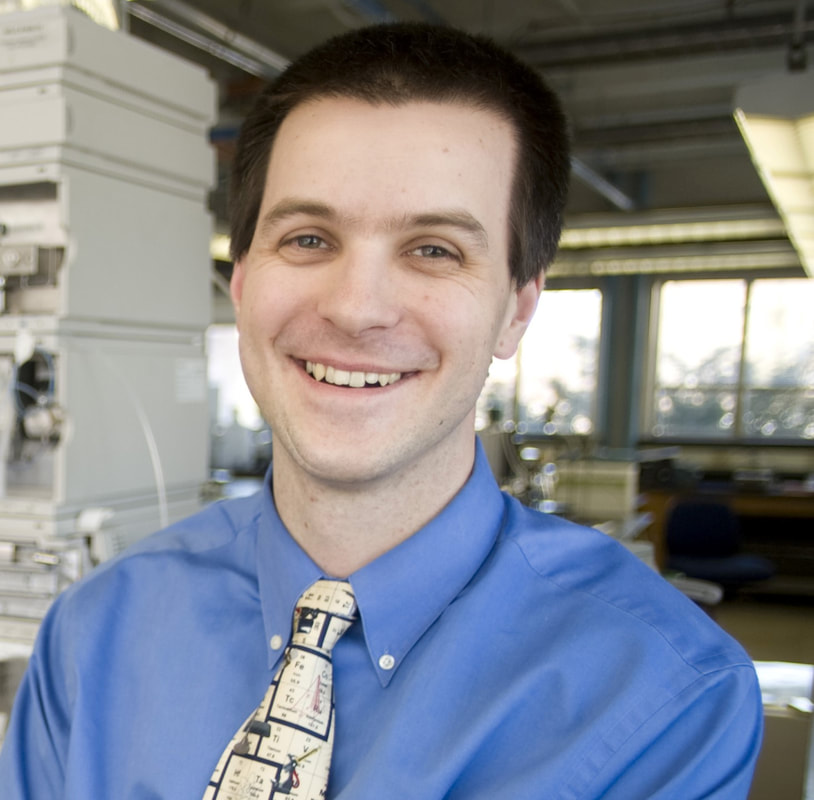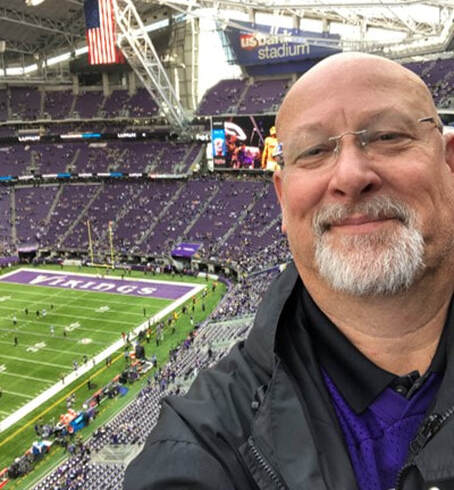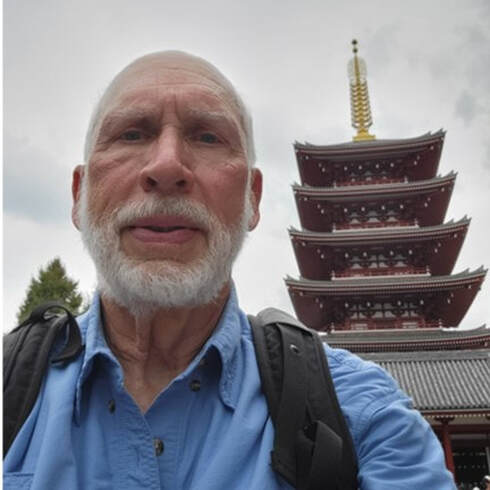Spring Symposium Short Courses
Join us for four fantastic short courses being held during this year's Spring Symposium. They will be held at the Heritage Center of Brooklyn Center (formerly Earle Brown) on Tuesday, May 7 and Wednesday, May 8. Please note that some of the courses have a hybrid format, consisting of virtual and in-person components. More information on the courses can be found below.
Introduction to (U)HPLCThis is a hybrid course consisting of both video content and in-person training. Course topics include: operating principles of key instrument components, key definitions of performance metrics, principles of peak integration and quantitation, survey of common problems, and more.
|
Troubleshooting LC and (U)HPLC SystemsThis is a hybrid course consisting of both video content and in-person training. Course topics include: essentials of troubleshooting strategy, commonly encountered problems with specific modules, problems related to columns, mobile phases, and quantitation, and more.
|
Optimizing GC Methods and TroubleshootingThis GC course will explore how to properly develop a method utilizing and applying GC theory, software programs and common sense. Problems will arise and so Troubleshooting will also be examined at length.
|
CSI MCFNOTE: This is NOT a forensic analysis course.
This fun course will use the ability to interpret mass spectra to solve fictional “crimes” ripped from the headlines across the state of Minnesota (and New Mexico). |


